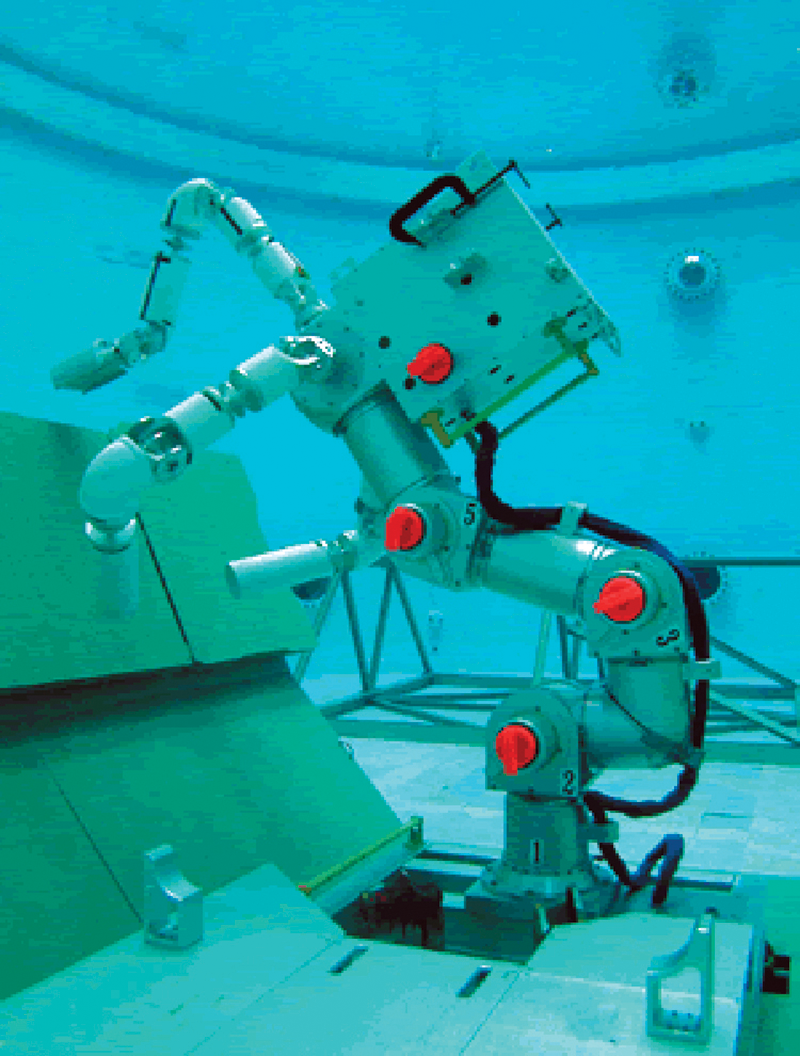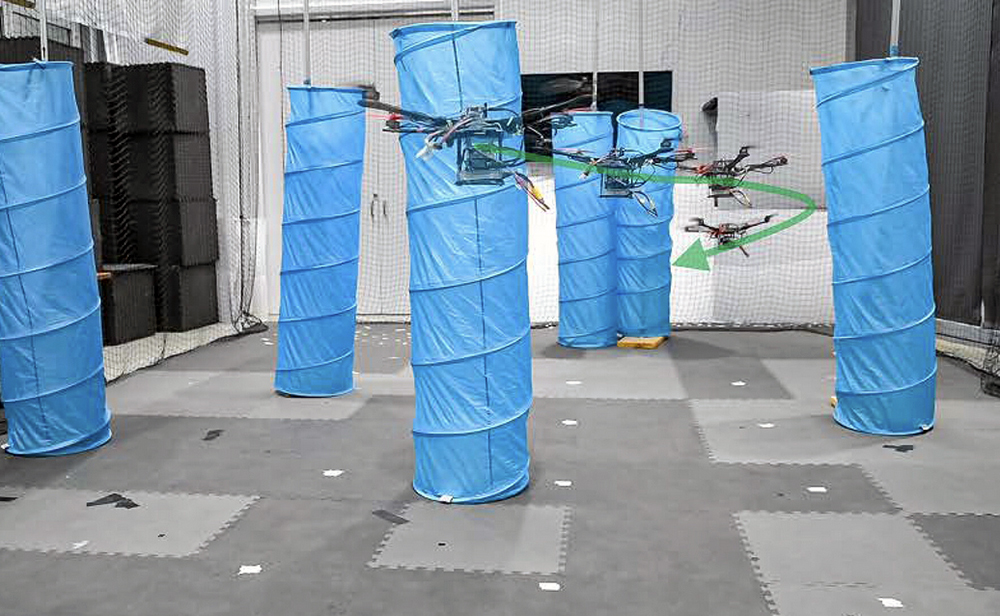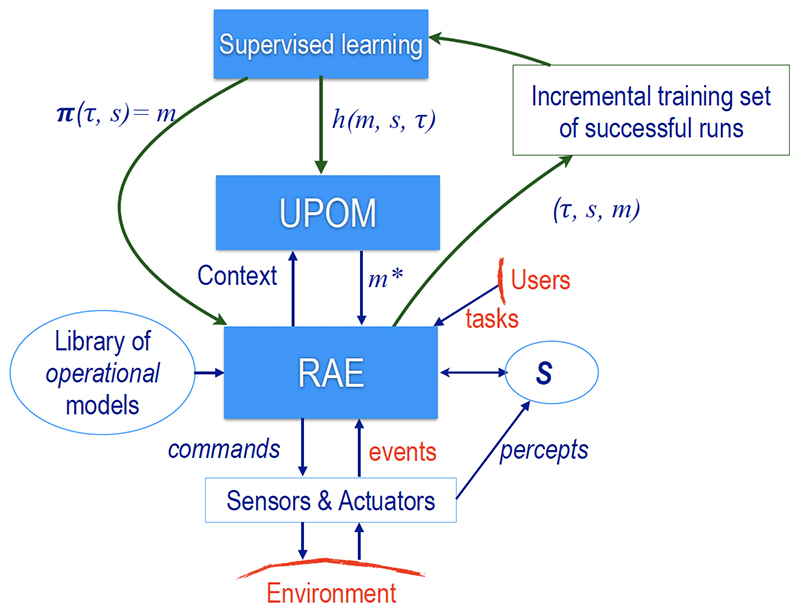News Story
Shneiderman's human-computer interaction advocacy profiled in The New York Times

Distinguished University Professor Emeritus Ben Shneiderman’s (CS) advocacy on behalf of human-computer interaction (HCI) and visualization was profiled in a New York Times article on May 22. “A Case for Cooperation Between Machines and Humans” appeared on the front page of the paper’s Business section and was written by John Markoff.
In the article, Markoff presents Shneiderman as an opponent of “blindly automating tasks with computers,” who thinks fully automated cars and the tech industry’s vision for a robotic future is misguided.
“I think John Markoff’s article is very good and presents my position well,” says Shneiderman, a longtime affiliate faculty member of the Institute for Systems Research. “Markoff portrays me as a critic of AI, but I’m really an advocate of HCI and visualization. I much prefer to take positive positions with fresh visions about how to do human-centered design.”
Shneiderman has published a paper spelling out his vision in the April 2020 ACM International Journal of Human-Computer Interaction. In “Human-Centered Artificial Intelligence: Reliable, Safe & Trustworthy,” he proposes a two-dimensional framework alternative to autonomous AI systems called Human-Centered Artificial Intelligence (HCAI) that clarifies how to design for high levels of human control and high levels of computer automation so as to increase human performance, understand the situations in which full human control or full computer control are necessary, and avoid the dangers of either excessive human control or excessive computer control.
In the paper, Shneiderman argues that the methods of HCAI are more likely to produce designs that are reliable, safe and trustworthy (RST). Achieving these goals, he says, will dramatically increase human performance, while supporting human self-efficacy, mastery, creativity, and responsibility.
Published May 25, 2020






